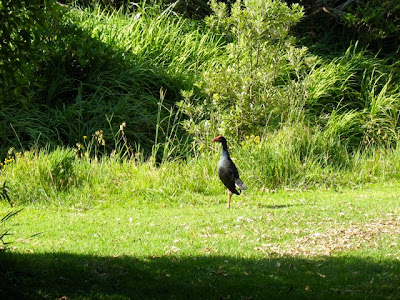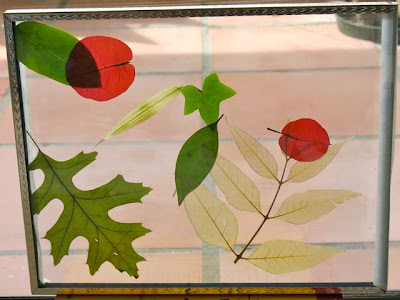Five of my previously published books have won funding to be converted into ebooks. The proof-reading process has been laborious, because I can't mark the 'pages', and have to write copious notes to describe the mistakes and corrections. So I've been taking it slowly. But yesterday I was given a deadline of December 15. After that date, there will be no more funding.
Today I focussed intently, ignoring the newly arrived printout of my new book that also requires proof reading. Between bursts of activity, I took time out at the jetty, to do my tai chi.
The tide was going out.
A kingfisher sat on the boat ramp, very still, watching the water.
Beyond, a heron stalked the water's edge, searching for fish.
The wind rustled the leaves in the overhanging pohutukawa trees, which at times seemed to sigh with a long outbreath.
The water rippled in gentle swathes of greys and greens.
Tai chi by the sea slows me down and helps me to enter a different rhythm.
Even though the heron seemed active, compared with the kingfisher, it too paused between forays, and assumed utter stillness.
Watching these birds, serenely seeking their next meal, helped me to slow down and trust that all is well, the impossible task will be done.
I always loved Dylan Thomas's lines about the heron - 'herons spire and spear', and these lines also from 'Poem in October':
Woke to my hearing from harbour and neighbour wood
And the mussel pooled and the heron
Priested shore . . .
The priestly presence of the heron, and its companion, the kingfisher, brought me into sanctuary and a sense of gratitude.



































